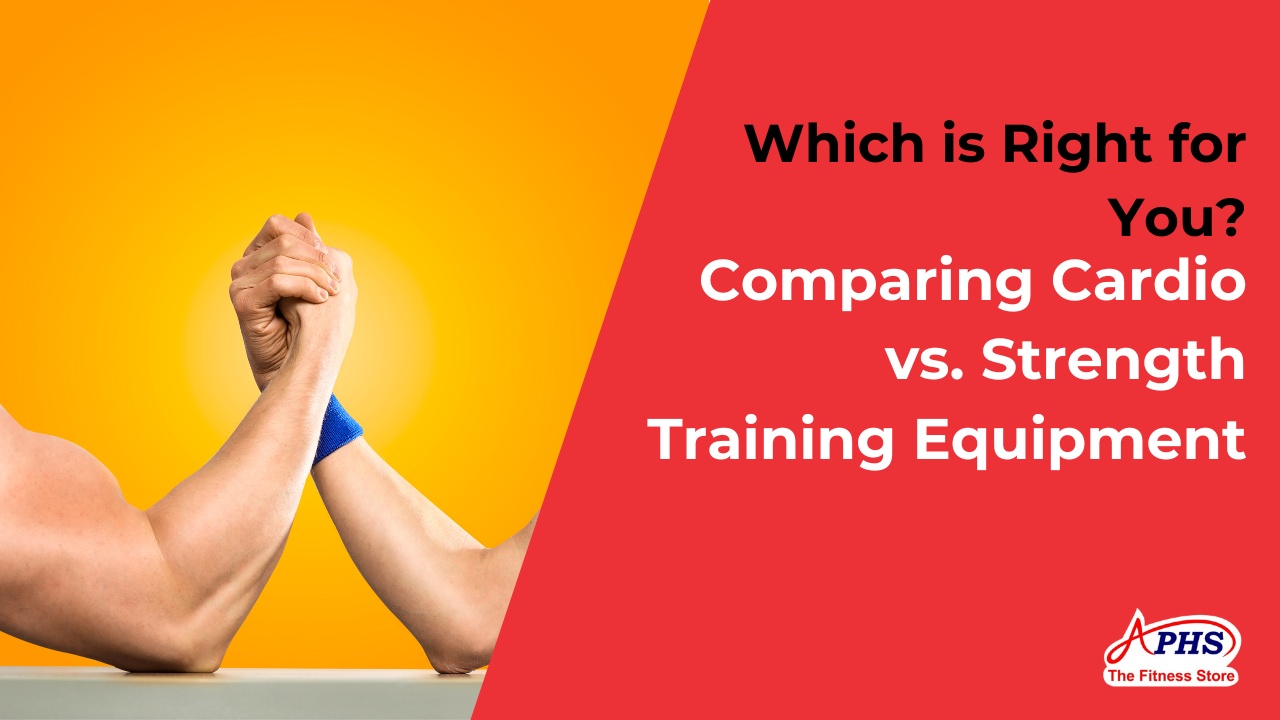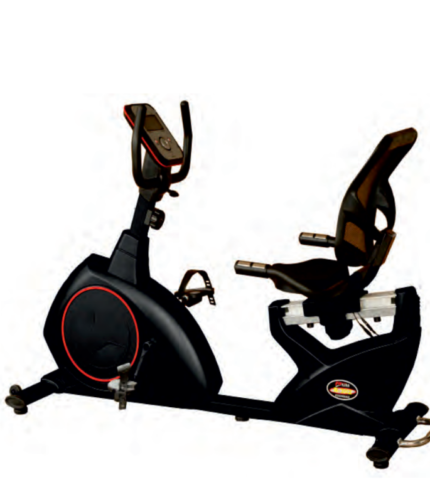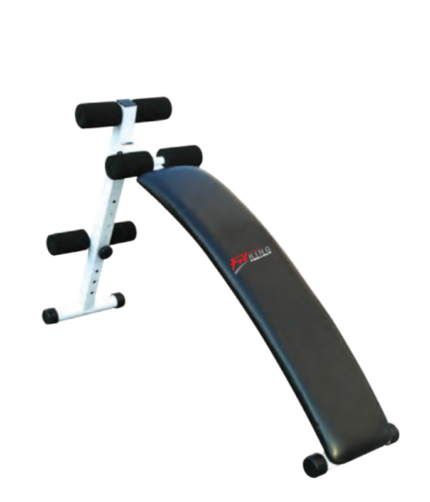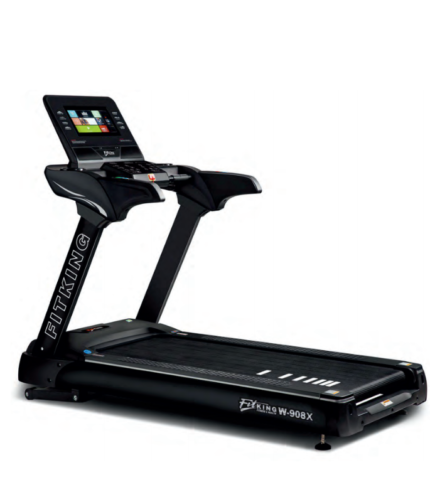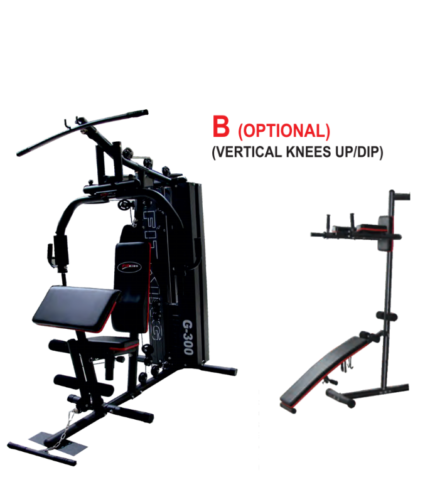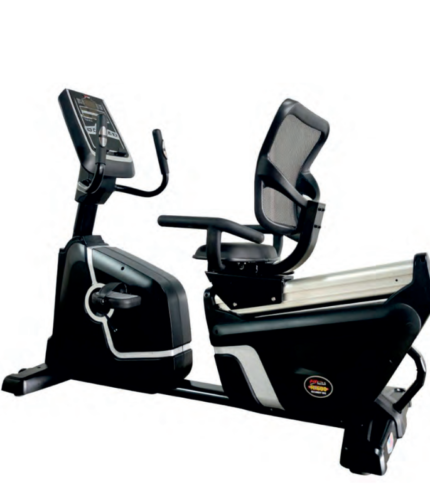When it comes to fitness, two primary training modalities often dominate the conversation: cardio and strength training. Each offers unique benefits and serves different purposes in a well-rounded fitness regimen. Understanding the differences between cardio and strength training equipment can help you make informed decisions about your workout routine and ultimately lead to better health outcomes. In this blog, we will explore the characteristics, benefits, and types of equipment associated with both cardio and strength training, helping you determine which is right for you.
Understanding Cardio Training
What is Cardio Training?
Cardiovascular training, commonly referred to as cardio, focuses on improving the efficiency of the heart, lungs, and circulatory system. It involves activities that raise your heart rate and keep it elevated for an extended period. Cardio workouts can vary in intensity and duration, ranging from low-intensity steady-state (LISS) exercises like walking to high-intensity interval training (HIIT).
Benefits of Cardio Training
- Improved Heart Health: Regular cardio strengthens the heart muscle, improving blood circulation and reducing the risk of heart disease.
- Weight Management: Cardio burns calories efficiently, aiding in weight loss or maintenance when combined with a balanced diet.
- Enhanced Endurance: Consistent cardio training increases stamina, allowing you to perform daily activities more easily.
- Mood Booster: Cardiovascular exercise releases endorphins, which can help alleviate stress and improve mood.
Types of Cardio Equipment
Choosing the right cardio equipment depends on your preferences, goals, and available space. Here are some popular options:
1. Treadmills
Treadmills are versatile machines that allow users to walk or run indoors. They often come with adjustable speeds and incline settings.
- Pros: Easy to use; suitable for all fitness levels; allows for varied workouts.
- Cons: Can be expensive; may take up significant space.
2. Stationary Bikes
Stationary bikes provide an effective low-impact cardio workout that targets the lower body.
- Pros: Low impact on joints; great for building leg strength; can be used for steady-state or interval training.
- Cons: Limited upper body engagement; some users may find them uncomfortable.
3. Rowing Machines
Rowing machines offer a full-body workout by engaging both the upper and lower body while providing cardiovascular benefits.
- Pros: Low impact; improves both strength and endurance; engages multiple muscle groups.
- Cons: Requires proper technique to avoid injury; may not be suitable for everyone.
4. Ellipticals
Ellipticals combine the motion of running with low-impact benefits, making them a popular choice for cardio workouts.
- Pros: Low impact; allows for forward and backward motion; often includes handles for upper body engagement.
- Cons: Some users may feel unnatural using them; limited resistance options compared to other machines.
5. Jump Ropes
Jump ropes are a portable option for high-intensity cardio workouts that can be done almost anywhere.
- Pros: Inexpensive; excellent calorie burner; improves coordination.
- Cons: Requires practice to master; may not be suitable for individuals with joint issues.
Understanding Strength Training
What is Strength Training?
Strength training involves using resistance to build muscle strength, endurance, and size. This type of training can be performed using free weights, machines, resistance bands, or even body weight as resistance. The primary goal is to challenge muscles through progressive overload—gradually increasing weight or resistance over time.
Benefits of Strength Training
- Increased Muscle Mass: Building muscle helps improve metabolism, leading to more efficient calorie burning even at rest.
- Bone Health: Strength training increases bone density, reducing the risk of osteoporosis as you age.
- Enhanced Functional Fitness: Improved strength translates into better performance in daily activities and sports.
- Injury Prevention: Strengthening muscles around joints can help prevent injuries during physical activities.
Types of Strength Training Equipment
The choice of strength training equipment depends on your fitness level, goals, and available space:
1. Free Weights
Free weights include dumbbells, kettlebells, and barbells that allow for a wide range of exercises targeting different muscle groups.
- Pros: Versatile; promotes functional movement patterns; engages stabilizing muscles.
- Cons: Requires proper form to avoid injury; may need more space for storage.
2. Resistance Machines
Resistance machines guide users through specific movements while providing adjustable resistance levels.
- Pros: Easy to use; often includes safety features; isolates specific muscle groups effectively.
- Cons: Limited range of motion compared to free weights; can take up significant space.
3. Resistance Bands
Resistance bands are elastic bands that provide varying levels of resistance for strength training exercises.
- Pros: Portable; versatile; suitable for all fitness levels.
- Cons: May not provide enough resistance for advanced lifters; requires proper technique.
4. Bodyweight Exercises
Bodyweight exercises use your own weight as resistance (e.g., push-ups, squats).
- Pros: No equipment needed; can be done anywhere; promotes functional strength.
- Cons: Limited progression options without added weight; may be challenging for beginners.
5. Suspension Trainers
Suspension trainers (e.g., TRX) utilize body weight in various positions to build strength and stability.
- Pros: Versatile; engages core muscles effectively; portable.
- Cons: Requires proper technique to avoid injury; may not suit all fitness levels.
Comparing Cardio vs. Strength Training Equipment
Goals and Preferences
Your fitness goals play a significant role in determining whether cardio or strength training equipment is right for you:
- If your primary goal is weight loss or improving cardiovascular endurance, investing in cardio equipment may be more beneficial.
- If building muscle mass or increasing overall strength is your focus, strength training equipment should take precedence.
Time Commitment
Consider how much time you can dedicate to workouts:
- Cardio sessions can often be shorter but higher in intensity (e.g., HIIT).
- Strength training typically requires longer sessions due to rest periods between sets but can also be structured efficiently with circuit training.
Space Considerations
Evaluate your available space when choosing equipment:
- If you have limited room, consider compact options like resistance bands or adjustable dumbbells that don’t require much storage space.
- For larger areas, investing in machines like treadmills or multi-gym systems may be feasible.
Personal Enjoyment
Ultimately, enjoying your workouts is crucial for long-term adherence:
- If you find cardio enjoyable (e.g., running outdoors or cycling), prioritize that equipment.
- If lifting weights excites you more than running on a treadmill, focus on strength training tools instead.
Combining Cardio and Strength Training
While both modalities offer unique benefits individually, combining cardio and strength training into your fitness routine can lead to optimal results:
- Balanced Fitness Regimen: Incorporating both types of exercise ensures comprehensive conditioning—improving cardiovascular health while building muscle mass.
- Variety in Workouts: Mixing different forms of exercise keeps routines fresh and engaging—reducing boredom over time.
- Enhanced Recovery: Alternating between cardio and strength days allows muscles time to recover while still maintaining an active lifestyle.
Sample Weekly Workout Plan
Here’s a balanced weekly workout plan that incorporates both cardio and strength training:
| Day | Workout Type | Description |
| Monday | Strength Training | Full-body workout focusing on major muscle groups |
| Tuesday | Cardio | 30 minutes of moderate-intensity cycling |
| Wednesday | Strength Training | Upper body workout with free weights |
| Thursday | Cardio | HIIT session (e.g., sprint intervals) |
| Friday | Strength Training | Lower body workout focusing on compound lifts |
| Saturday | Active Recovery | Light yoga or stretching |
| Sunday | Rest | Allowing time for recovery |
Conclusion
Choosing between cardio and strength training equipment depends on your personal fitness goals, preferences, available space, and time commitment. Both modalities offer unique benefits that contribute significantly to overall health and well-being.
While cardio focuses on improving cardiovascular health and burning calories efficiently, strength training builds muscle mass and enhances functional fitness—both essential components of a balanced fitness regimen.
Ultimately, the best approach may involve incorporating elements from both categories into your routine—allowing you to enjoy diverse workouts while reaping the benefits of each modality! By understanding your needs and preferences better through this comparison guide, you’ll be well-equipped to make informed decisions about your fitness journey!


